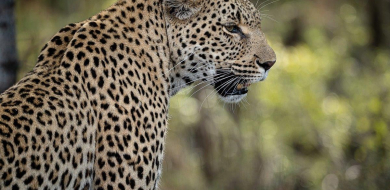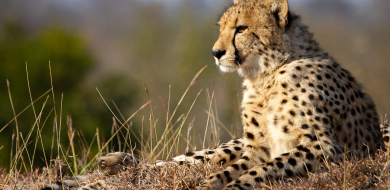Natural Framing
on Sep 13, 2016In a lot of wildlife scenarios, you may come across a natural object near the scene that can be used to “frame” the main element of the image. It’s a common photographic composition technique and one that can be quite powerful if done right. You should, however, only use framing when the opportunity presents and if it suits the image. As with most newly learned techniques, it’s easy to overdo so be careful about trying to use framing too much in your photography going forward. One of the advantages of using a frame in your photo is that it gives you an opportunity to draw the eye of your audience to the main element of the image that you want them to look at. By remembering a few basic pointers, as well as always looking out for unique ways to frame images, you’ll give yourself a much better chance of capturing a great photograph.
Here are a few things to think about when you next have the opportunity to frame your photograph as well as an example of an image that I really like.
- Keep in the back of your mind the common objects that can be used to frame an image naturally. The most common objects when out in the field are trees, branches, bushes, rocks, grasses and animals themselves. Of course, this is by no means an exhaustive list, but remembering these common objects gets you into the habit of considering less common things to frame an image.
- Remember to use the frame to convey depth in your image. The choice will very much depend on the situation, but remember to consider the options before taking your photo. Don’t think that the frame needs to cover every side of the image either. Many of the most successfully framed images only have one or two sides framed (such as with a tree trunk and branch). Use your own judgment and play around with it.

Until next time...stay focused!
Mike Palmer (Bush Lodge Ranger)






